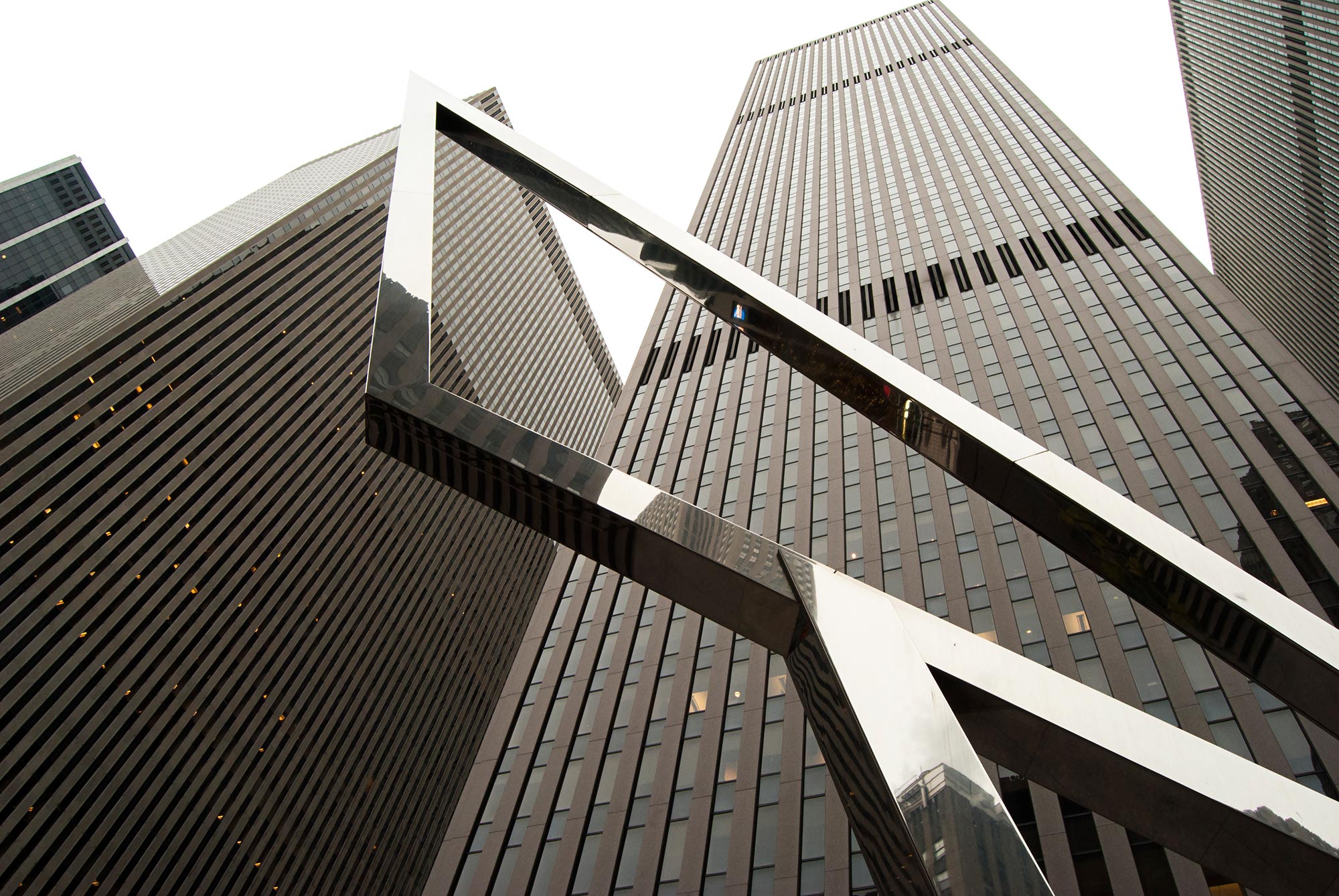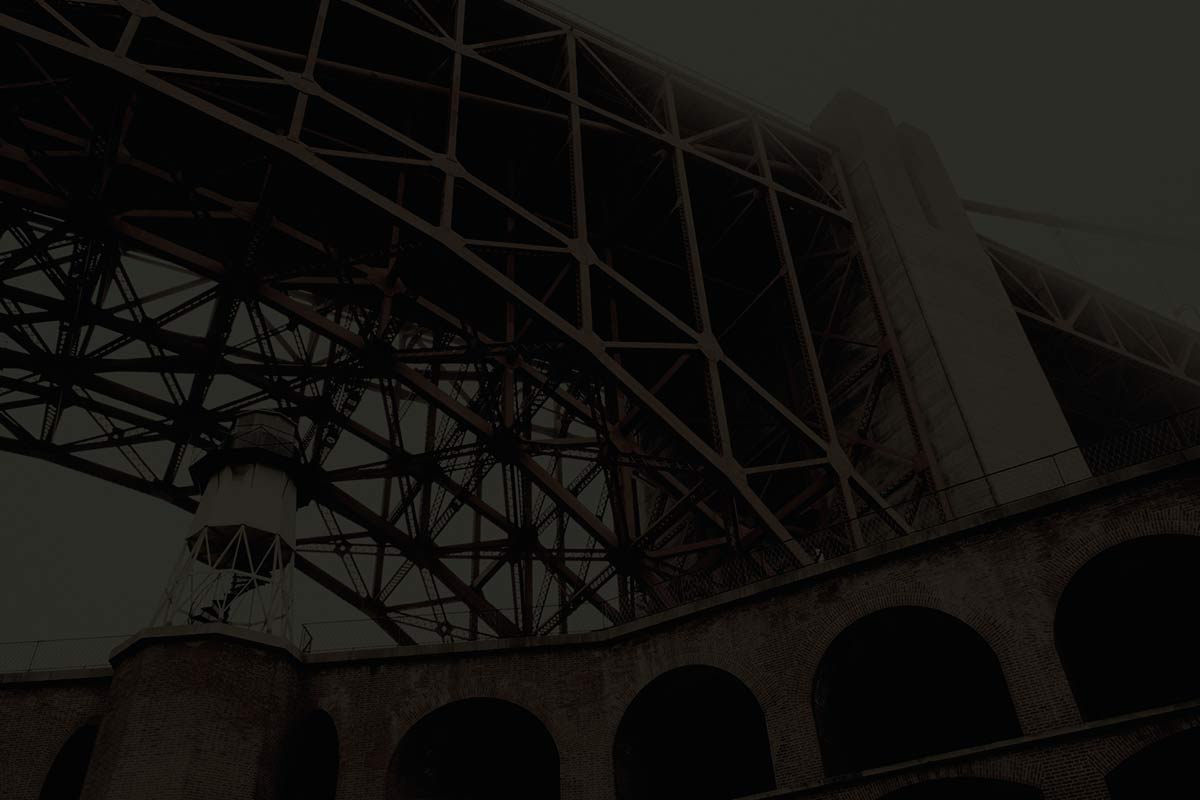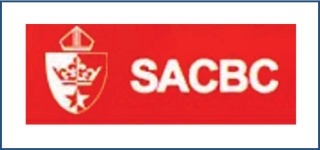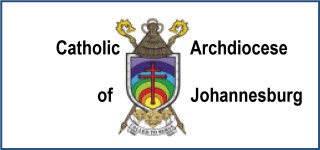THE CELEBRATION OF THE EUCHARIST AT EMMAUS
Third Sunday of Easter – 26 April 2020
First Reading: Acts 2: 14. 22-28. Peter preaches to the Jews about the resurrection of Jesus on the feast day of Pentecost.
Second Reading: 1 Pet 1: 17-21. All the benefits we enjoy now as Christians were won by Christ through the shedding of his blood. We should be grateful to him by living a life of holiness.
Gospel: Lk 24:13-35. After his resurrection, Jesus joins two of his disciples on the road to Emmaus and celebrates mass with them.
Homily
Greetings, dear brothers and sisters, today we celebrate the third Sunday of Easter. The loveliest story in the Gospel today is when Jesus joined two of his disciples on the road to Emmaus. He explained the Scriptures to them, and revealed himself to them in the breaking of bread. The same thing happens to us when we celebrate the Eucharist. Jesus speaks to us in the first, second, psalm and the Gospel, and then he nourishes us in Holy Communion.
I would like to ask you a question. How many parts does the Holy Mass have? The Roman rite of the Eucharistic celebration has four parts:
1. Introductory Rite: from the entrance hymn to the Opening Prayer (which is also called ‘The Collect’).
2. Liturgy of the Word: from the first reading to the prayers of the faithful.
3. Liturgy of the Eucharist: from the offertory procession till the Prayer after Communion.
4. Concluding Rite: the blessing, dismissal and the concluding hymn or song.
These four parts of the mass are recognisable in the gospel passage of today which describes the encounter between Jesus and the two disciples on the road to Emmaus. In a sense, Jesus is celebrating the Mass with his two disciples. This is how the mass celebrated by Jesus with his two disciples is structured in the Gospel we just listened.
1. Introductory Rite – Lk 24:13-24
2. Liturgy of the Word – Lk 24:25-27
3. Liturgy of the Eucharist – Lk 24:28-31
4. Concluding Rite – Lk 24:31-35
In the first part, we see that the two disciples are running away from Jerusalem because they had lost hope in Jesus. They speak about Jesus in the past tense, and their story shows a lot of confusion and discouragement. They had invested three or so good years on Jesus, and apparently everything had come to naught. Jesus joins them in their situation of hopelessness and begins the celebration of the Eucharist. He listens to their concerns as he walks with them. Jesus builds a close relationship with them, and he establishes a context in which to share with them the Word of God.
In the second part – the Liturgy of the Word, Jesus begins to challenge his two disciples. He uses the Word of God to suggest some deep meaning to the recent events in their lives, that they did not waste their life with Jesus. “Then, starting with Moses and going through all the prophets, he explained to them the passages throughout the scriptures that were about himself” (Lk 24:27). Their hearts were burning within them as they listened to Jesus breaking the Word to them on the road.
Having established a relationship with the disciples, and having shared the Word of God, now it is time for the Liturgy of the Eucharist. This is the third part of the mass. Jesus pretends as if he was to continue his journey: he gives them an option to see if they would want to go on beyond the Word-heard to the Word-made-flesh! The disciples invite him, “Stay with us, sir.” So, Jesus goes to stay with them. “Now while he was with them at table, he took the bread and said the blessing; then he broke it and handed it to them” (Lk 24:30). “And their eyes were opened and they recognised him; but he had vanished from their sight” (Lk 24:30-31).
After recognising the Risen Lord, the disciples feel empowered. They now want to go back to Jerusalem (They, who said to Jesus to stay with them since it was night, they now want to go back to Jerusalem the very same night) to share their experience, and to give hope to those who are still waiting to experience Jesus. This is the fourth part of the mass: the dismissal and mission. “Then they told their story of what had happened on the road and how they had recognised him at the breaking of bread” (Lk 24:35).
The Meaning of the Eucharist in the Light of the Emmaus Encounter
What was happening to those two disciples as they walked through the different parts of the celebration with Jesus himself; and what should be happening to us as we journey through the different parts of the mass?
Part 1 – Oh, what a life?
Part 2 – Yes, life does have meaning.
Part 3 – Aha, He is alive!
Part 4 – I want to give hope to others!
1. In the beginning of the mass, may be, we come with our own problems and issues. Perhaps we are frustrated; we are discouraged. We say, “Oh what a life!” We may be feeling like running away from our responsibilities; running away from our faith; running away from our communities; running away even from ourselves. The Introductory Rite of the mass welcomes us, makes us feel at home, invites us to acknowledge our state and feel comforted by the Penitential Rite.
2. In the Liturgy of the Word, we listen to the Word of God. This part of the liturgy helps us find meaning to the events of our lives in the light of the Word of God. The purpose of the Scripture readings or the homily is basically to find meaning to the events of our present life, and to become aware that everything is under the watchful eye of God. At the end of it, we are able to say, “Yes, everything does have a meaning!”
3. To deepen that meaning and to climax it in a God-experience we move on to the Liturgy of the Eucharist. The Liturgy of the Eucharist gives us the possibility of experiencing God in Christ. We experience Him as risen. “He is alive!” He is with us! He has not abandoned me. He gives me hope. This is the core of receiving communion. We get strengthened to continue our lives meaningfully.
4. Finally, having experienced Christ we are now ready to go back to where we came from. May be nothing would have changed in our environment, but since we are empowered by the Word and Sacrament, we want to bring hope to our situations. We are sent as apostles: “Go in the peace of Christ!”
May every Eucharistic celebration, be an opportunity for us to experience the Risen Lord! May this experience transform us, and thus empower us to transform the world around us.
Amen.
Rev. Fr. Jean-Marie Kuzituka Did’ho
Saints Maria Goretti & Joseph Parishes
www.kjmdidhobooks.co.za















